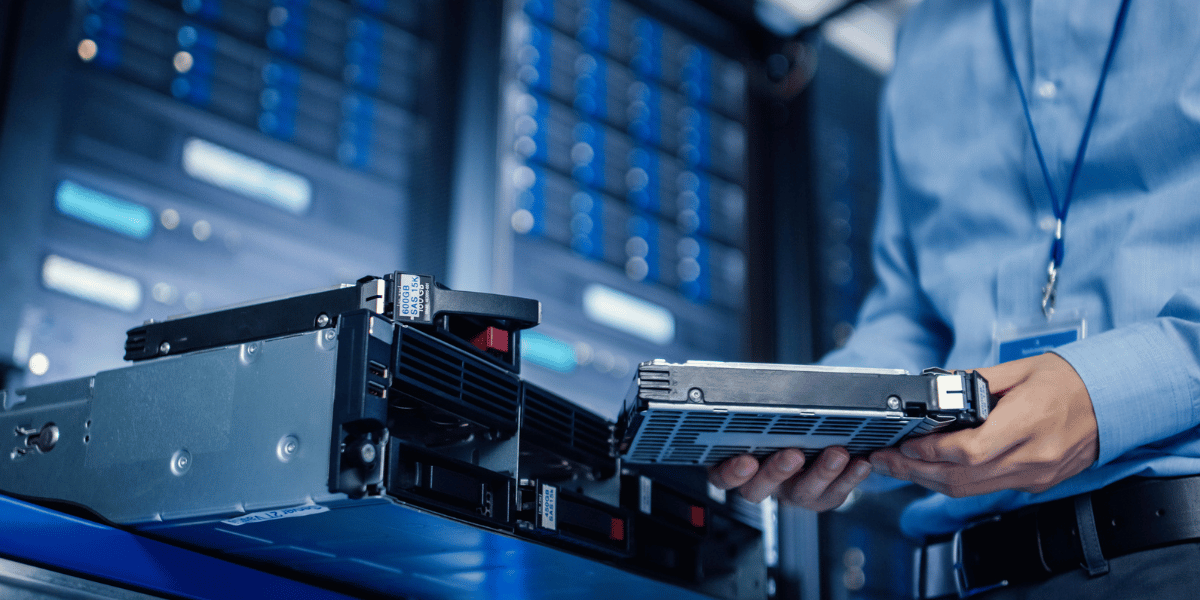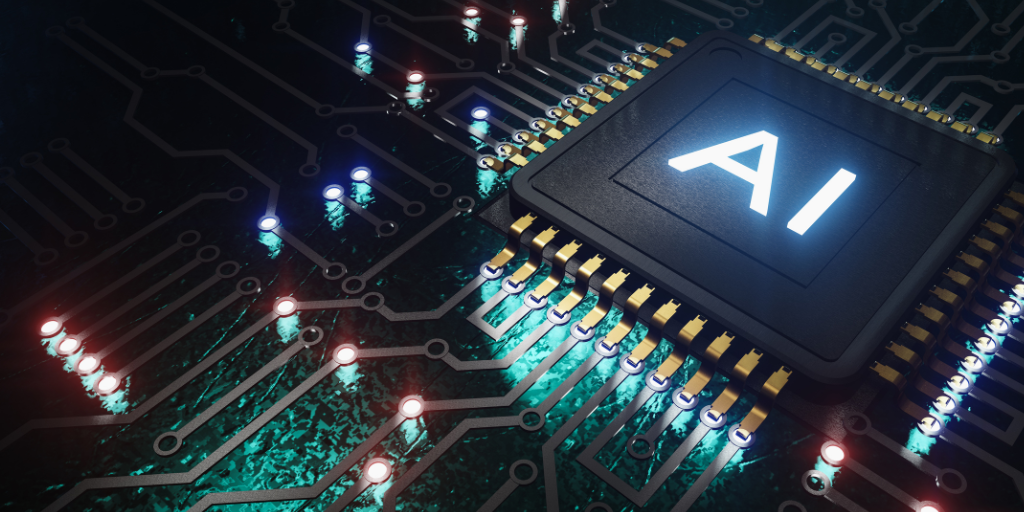The rise of AI and the concern over cybersecurity have dominated IT conversations in 2024. Organizations must incorporate new technologies and address shifting requirements by implementing new software and controls.

Windows 11 offers the foundation companies need to support both AI adoption and a modern, layered approach to cybersecurity. Knowing what the new OS can do in these two crucial areas will help you maximize your IT investment.
Let’s delve into how you can leverage Windows 11’s AI integrations to improve user experience and productivity and what you need to know about Window 11’s latest security features to strengthen your cybersecurity posture and meet compliance requirements.
The Shift Towards an AI-centric Platform
Copilot, the AI assistant, is the most significant generative AI (genAI) feature in Windows 11. You can access a ChatGPT 4-based large language model (LLM) right from the Copilot sidebar on the desktop for improved search, project initiation, and workflow assistance.
AI-integrated Windows Shell allows users to interact with the operating system in plain English. For example, you can type or speak commands like "Open the Control Panel" or "Turn on Bluetooth,” and the AI software will execute them. For users with an existing Microsoft 365 (M365) Copilot subscription, the experience is even more streamlined. Windows 11 Copilot and M365 Copilot are merged into a single cohesive interface on the sidebar, enhancing productivity by providing contextual assistance across Microsoft 365 apps and the operating system itself.
The AI-enhanced Notepad is a smart editing tool with customizable AI suggestions for improved text editing. Meanwhile, the AI-powered timeline allows you to search with natural language to revisit app and website history.
AI capabilities in Windows 11 enhance photo and video editing, while the Snipping Tool includes Optical Character Recognition (OCR) for copying text from image sources. Additionally, the new OS provides real-time multi-language live captions to enhance accessibility and communication to support an inclusive workplace.
Moreover, Windows 11 offers an Energy Saver mode and green energy features. They can improve battery life by up to 50% by balancing performance with power conservation and adjusting settings dynamically based on system usage.
Besides AI features, Windows 11 offers many new security controls to help organizations stay on top of today’s fast-evolving threat landscape. Let’s review how the new OS helps your employees become more productive while keeping your sensitive data safe.
The Convergence of Hardware and Software For Enhanced Security
Hardware and software work together in Windows 11 to shrink the attack surface, protect system integrity, and safeguard sensitive information. Devices that meet Windows 11 system requirements have various built-in hardware components to offer multi-layered protection:

Most IT professionals find Windows 11 more secure than its predecessor, especially for a remote or hybrid workforce — making the new OS indispensable for a modern workspace. Here are Windows 11’s top security features:
Phishing and Password Protection
Phishing and leaked passwords are some of the top vulnerabilities organizations must guard against. Windows 11 helps prevent these attack techniques by notifying users when they enter their usernames/passwords into a malicious site or reuse corporate credentials. Employees will also receive an alert if they save passwords in Office applications like WordPad or Notepad.
Secured-core PC Standards
Secured-core PCs offer protection down to the firmware level to guard against sophisticated attacks. They provide extra security for sensitive data like intellectual property, classified intelligence, and financial information. 
Passwordless Access
Windows 11 supports Windows Hello, Microsoft’s authentication app. It verifies user identities with a PIN, fingerprint, facial recognition, or passkey on Microsoft Entra joined devices. Passkeys are more secure than passwords because they are stored locally on a device instead of servers and are authenticated with biometrics.
Virtualization-based Security (VBS)
Enabled by default, VBS creates a virtual environment isolated from the rest of the OS to act as the root of trust and house security software that is prone to exploits. The Hypervisor-Protected Code Integrity (HVCI) protects the kernel from threat actors, preventing them from using the kernel code to infiltrate the OS.

UEFI Secure Boot
United Extensible Firmware Interface (UEFI) Secure Boot uses cryptographic checksums and signatures to verify the authenticity of the firmware, bootloader, and OS components. It ensures a system only boots with software trusted by the hardware manufacturer, preventing malware, rootkits, and unauthorized software updates from being executed.
Microsoft Azure Attestation (MAA)
MAA remotely verifies a platform’s trustworthiness by evaluating the platform evidence against your attestation policies to ensure the hardware’s and software’s integrity (i.e., not tampered with by external entities.) This capability enables organizations to implement an end-to-end zero-trust architecture and secure access to cloud resources.
Brute Force Attack Protection
Windows 11's account lockout policy automatically locks user accounts for 10 minutes after 10 failed login attempts. It’s enabled by default to block brute-force attacks. This security feature can also help mitigate attacks via Remote Desktop Protocol (RDP) and is particularly essential for secure remote and hybrid work.
Windows Protected Print Mode

Windows 11 features Windows Protected Print Mode (WPP) to improve security by restricting third-party driver installations and blocking malicious code. When WPP is enabled, a PC can only print with Mopria-certified printers. This update provides the most secure default configuration while allowing the flexibility to revert to legacy (driver-based) printing.
Get the Most Out of Windows 11’s Advanced AI and Security Features
While Windows 11 offers many exciting new AI and security features, an upgrade often requires more than installing a new OS on existing machines.
According to Digital Trends, 32% of devices in the enterprise sector are not compatible with the Windows 11 update due to hardware limitations. Many companies will require a hardware refresh to support the new OS.

Also, you must dial in all the security settings based on your organization’s workflows and business requirements to maximize protection and ensure compliance. Meanwhile, your rollout strategy should address staff training and change management to maximize new feature adoption and help employees optimize their productivity.
At Compugen, we help organizations navigate this critical transition with hardware procurement, software compatibility assessments, deployment strategies, change management, and post-deployment support.
Moreover, we don’t stop at new OS upgrades. Our technology lifecycle management and integrated device lifecycle services (IDLS) help you maximize long-term ROI. Our endpoint management and service desk offerings provide the support you need for ongoing success. We also take care of asset disposition through our Green4Good program to ensure security and compliance while upping your sustainability game.
Learn more about our Windows 11 upgrade services and see how we can help you orchestrate a seamless transition with the right hardware and software support.






.png)